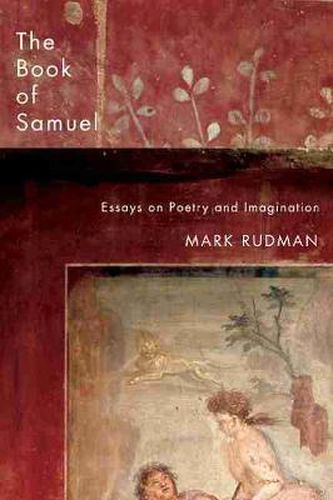Readings Newsletter
Become a Readings Member to make your shopping experience even easier.
Sign in or sign up for free!
You’re not far away from qualifying for FREE standard shipping within Australia
You’ve qualified for FREE standard shipping within Australia
The cart is loading…






Crisis, breakdown, rejuvenation: this is the territory of poetry into which Rudman takes readers with this set of essays. Constructed as a series of character studies, the essays are rooted in autobiographical material with biographical counterpoints, tying the poets distinctly to places. Even as they are placed, however, they are displaced: Rudman’s subjects, from D. H. Lawrence to Czeslaw Milosz to T. S. Eliot, are almost all exiles, either geographically or within themselves.This exile spins anger into energy, transmuting emotion into imagination the same way that Passaic Falls, known to William Carlos Williams, turns water into power. The mosaic style of the essays touches on nerve after nerve, avoiding the snags of academic jargon to ease toward an illuminating truth about the artists’ shifting work and worlds. Some of the Samuels - Beckett and Fuller - were able to navigate these shifts, while others - Coleridge and Johnson - are shown to be less able to transmute their energy into motion.
$9.00 standard shipping within Australia
FREE standard shipping within Australia for orders over $100.00
Express & International shipping calculated at checkout
Crisis, breakdown, rejuvenation: this is the territory of poetry into which Rudman takes readers with this set of essays. Constructed as a series of character studies, the essays are rooted in autobiographical material with biographical counterpoints, tying the poets distinctly to places. Even as they are placed, however, they are displaced: Rudman’s subjects, from D. H. Lawrence to Czeslaw Milosz to T. S. Eliot, are almost all exiles, either geographically or within themselves.This exile spins anger into energy, transmuting emotion into imagination the same way that Passaic Falls, known to William Carlos Williams, turns water into power. The mosaic style of the essays touches on nerve after nerve, avoiding the snags of academic jargon to ease toward an illuminating truth about the artists’ shifting work and worlds. Some of the Samuels - Beckett and Fuller - were able to navigate these shifts, while others - Coleridge and Johnson - are shown to be less able to transmute their energy into motion.